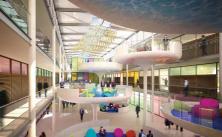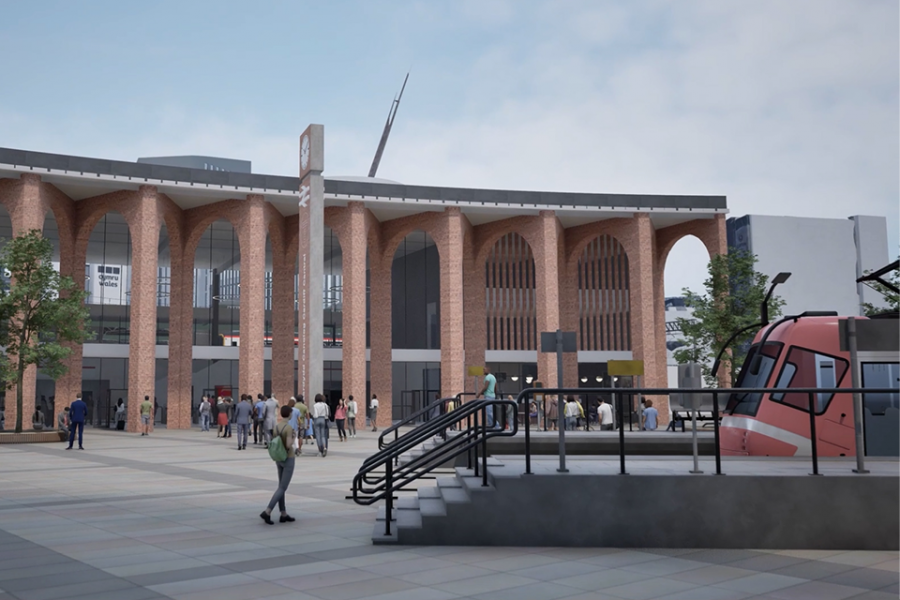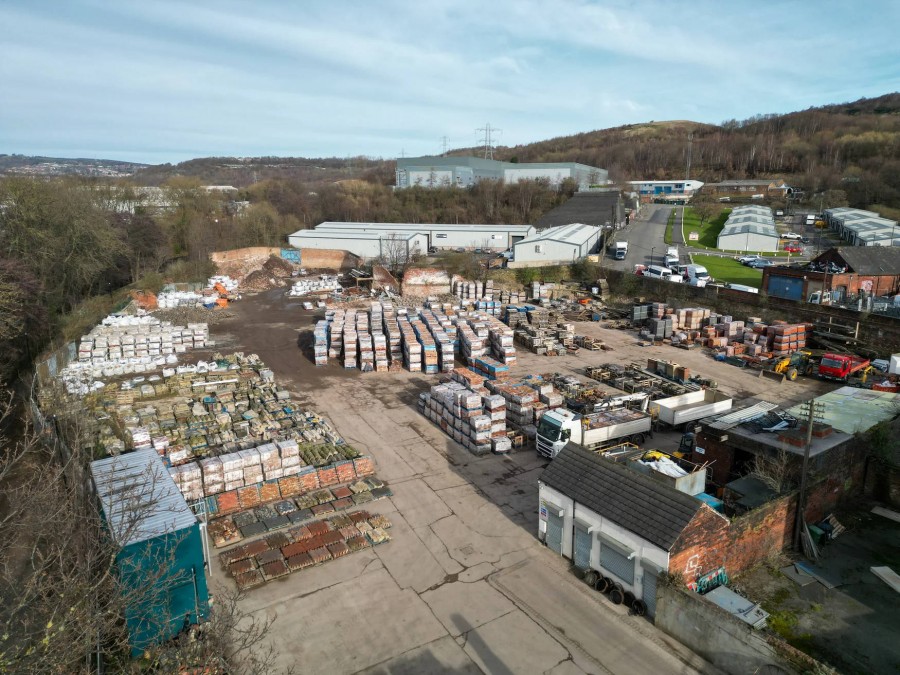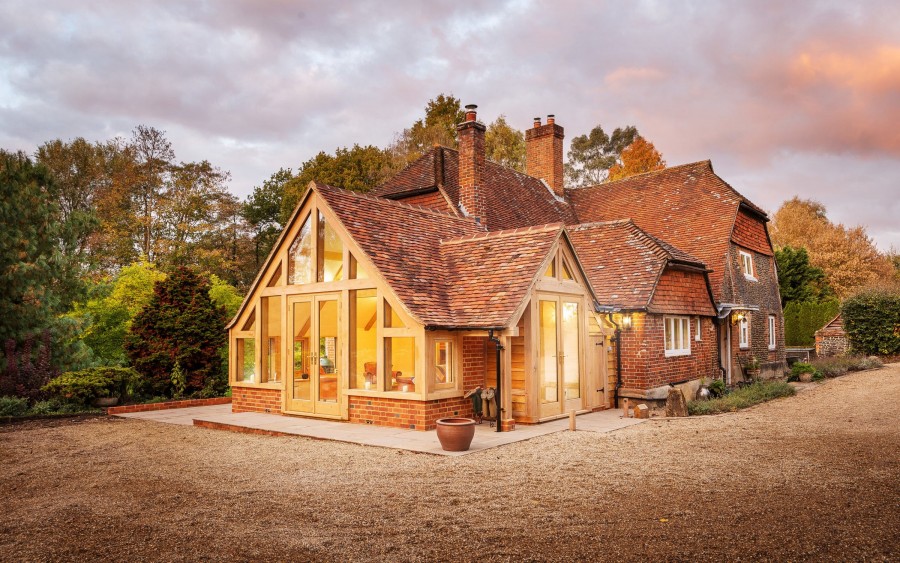IT SEEMS A LONG TIME SINCE TONY BLAIR CAME UP WITH THE MANTRA ‘EDUCATION, EDUCATION, EDUCATION’. THE NEW COALITION HAS EQUALLY STRONG, IF DIFFERENT, VIEWS ABOUT HOW THE PROVISION OF EDUCATION SHOULD DEVELOP. BUT THERE IS A SUSPICION THAT THIS HAS LITTLE TO DO WITH THE BUILT ENVIRONMENT.
Speaking at the end of May, Ty Goddard, who runs the British Council for Schools Environments, warned ‘the political critique is deeply cynical about the connection of the built environment with learning’. Goddard has been critical in the past of Building Schools for the Future, but has applauded its ambition. Now he says ‘We have seen a large and welcome investment but the job is not finished. There are vast areas that are still untouched by major investment in infrastructure. We have to explain that investment in schools environments is an investment in teaching, in air quality, in light, acoustics, furniture and the technologies of the future.’ In furniture, for example, he said, ‘We are so behind in quality that we need to catch up. Comfort is about readiness to learn. And agile furniture will allow us for example to change a space from a conventional classroom into a space for group work.’ The new government seems to believe that teachers can teach anywhere, he said. Designers must convince them that ‘A safe and ordered school needs decent well-maintained spaces and equipment. Investing in our schools is one of the best things we can do.’
But even if there is some investment, it is likely to take a different form. At the time of writing, most unlet BSF schemes are on hold. This coalition government has a different vision of education, and that may well mean schools taking a different shape. For instance Kunskapsskolan, the Swedish company that is running the country’s much-touted ‘free schools’, is now over here. Its first commitment is to build two academies in the London Borough of Richmond. It has a very different attitude to architecture from many of the proponents of BSF.

It does not believe in bold gestures, or accept that the appearance of a school is linked to its status in the community. In Sweden, Kunskapsskolan schools typically have only 500 students, and in an attempt to reproduce that experience here, the company will divide larger schools into a series of houses. There will be no large atria, no fancy shapes and snazzy cladding.
Many of the Swedish schools are in buildings converted from other uses, and the organisation is happier with the model of an open-plan office or a university faculty than a traditional, teacher-centred school. With the government’s announcement that all schools will be free to apply to become academies, we can expect more conversions and adaptations. And at the same time, there are groups trying to open new schools. For example, in Wandsworth, south London, a group of parents is lobbying to buy the disused Bolingbroke hospital and convert it into a muchneeded secondary school. But while the schools may receive funding to cover the education of each child, it is more difficult to see where the money for capital works will come from.
One newly formed alliance that is ready for this new landscape is the rather unappealingly named ‘Nurture Future’. But if it sounds a bit hippy-dippy, it is in fact a hard-headed joint venture between architect James Pickard of Cartwright Pickard and Tarmac Building Products. It proposes an approach of prefabricated construction, using panels and, crucially, the TermoDeck hollow-core slabs for which Tarmac has the UK licence. Termodeck is a product whose virtues have been appreciated for several years, but the licence fee has only recently been cut sharply, making it far more affordable.

The idea is that these schools (or school extensions) will provide excellent thermal performance, with the passive thermal effects of exposed soffits enhanced by the pre-cooling or pre-heating that can be provided by passing, or forcing, air through the TermoDeck. Services can also pass through the Termodeck, doing away with the need for raised floors or suspended ceilings. This provides not only a saving in additional materials, but also a reduction in the floor to floor height, and hence a further significant cost saving. Similarly, the precast wall panels will provide stability, reducing the other structural elements – particularly the steel that will be used in the atrium. And they will not need secondary finishes, but can simply be painted. Detailed cost analyses by Davis Langdon predict that schools built using the system will cost well under £2,000 per square metre.
Pickard is the architect of the system, and will of course be willing to take on commissions. But the idea is that this is a system not a finished design, and that clients will be able to work with their own architects. But in precast concrete, economy comes from repetition. Making new moulds, or cutting down elements is expensive. For a client planning several schools, it might be possible to create bespoke elements that are then used in all the schools. A client for a single building, and particularly for a single extension (and we are likely to see far more fragmentation of clients) will not have this luxury. To achieve the cost savings they will have to accept a largely off-the-peg solution in terms of the dimension of elements.
There is an irony that the government is seeking greater diversity in the way that education is delivered. But if those new providers are to make affordable changes to their estates, they may have to accept far greater uniformity of construction approach than in the heady, and fast-vanishing, days of BSF.






















